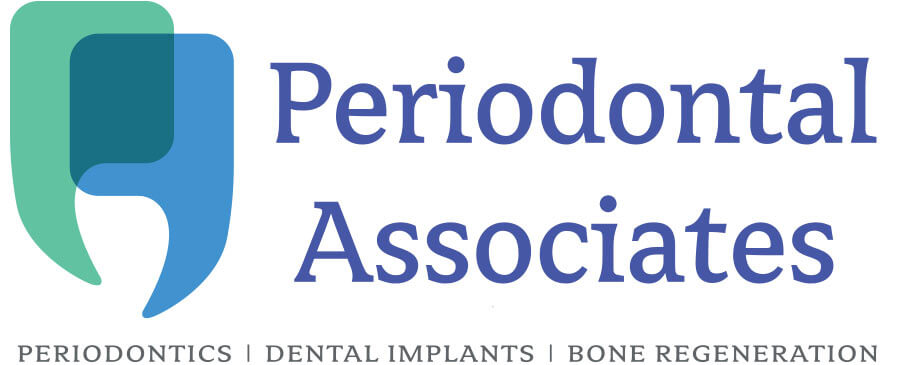
The American obsession with dental hygiene has taken an ironic turn over the past decade. In an attempt to have the bright, white, healthy-looking smile of the stars, many consumers are bleaching their teeth into oblivion. Dentists call this addiction to whitening “bleachorexia,” calling the overbleachers “bleach junkies.” Such patients abuse in-office and at home bleaching agents, leaving teeth eroded, prone to sensitivity and extremely unhealthy, despite their pearly white exteriors.
“The media has done a good job of making whitening sound innocuous, but it’s not,” says Dr. Ira Handschuh, a White Plains, N.Y., dentist. Carbamide peroxide, the whitening agent in most bleaches, can irritate the gums, causing them to recede, making the teeth brittle, chalky and so thin as to be translucent at the edges when the product is overused.
Lyndsey Gurowitz, 28, has been bleaching her teeth for the past decade with a combination of professional bleaching trays tailor made for her teeth, at-home whitening kits and a few sessions at a “bleaching spa.”
“Whenever I thought my teeth weren’t up to par, I’d do another bleaching. I would use the product for the prescribed amount of time, but then they say to do it only once a month and I would just kind of do it whenever I was unhappy with the color,” says Gurowitz, who lives in New York. “I think it’s a level of hygiene. I don’t want my teeth to look dirty, or like I don’t take care of them. I think I’m being realistic — I don’t want them to look like Chiclets,” she says.
After her dentist told her she was losing the enamel on her teeth, she was given a special, more gentle toothbrush and she started using special toothpaste for sensitive teeth, but she continues to bleach regularly. The bleaching trays, designed to fit snugly on her teeth, are now too large, possibly due to the wearing down of her teeth by the bleach, says Dr. Jennifer Jablow, Gurowitz’s dentist. “For some people, their teeth are never white enough, so they’ll do anything to brighten,” says Jablow, who coined the term “bleachorexic” back in 2005. Ironically, beyond making teeth weak and prone to decay, overbleaching can actually strip away the protective enamel allowing the underbody of the teeth, which is naturally more yellow in color, to show through.
When someone is a bleaching junkie, you can spot it right away, says Dr. Irwin Smigel, founder and current president of the American Society for Dental Aesthetics. “It’s not everybody, but we see it often enough that it bothers me. Enamel doesn’t grow back. Sometimes we have to put crowns or veneers on when the teeth have become too damaged,” he says.
Bleaching in the Time of the Bard
Whitening strips and bleach trays may be an invention of the past 30 years, but techniques for teeth whitening go back centuries. In the 1100s, physicians would recommend scrubbing teeth with elecampane (a yellow flower) or a sage and salt mixture to make “them firm, white and healthy” or “clean, white, and sweet,” Trevor Anderson, an osteoarchaeologist, notes in a 2004 paper on medieval dentistry. Later on, some would use acid washes in an attempt to strip away stains, but unfortunately, these rinses mostly stripped away all the enamel on the teeth, leaving them crumbling, says Dr. Scott Swank, curator of the National Museum of Dentistry in Baltimore. It wasn’t until the advent of Hollywood and Technicolor movies that there was widespread interest in whitening teeth, usually through whitening toothpastes, he says. Enter the 1980s and in-office bleaching treatments, and it only took off from there, Swank says. “I think it’s followed the rise in plastic surgery and other elective cosmetic procedures throughout the 1990s. It’s a matter of what people are willing to put their income into.”
Bright White or Bust
Today, Americans spend more than a billion dollars a year just on over-the-counter teeth-whitening products, according to the American Academy of Cosmetic Dentistry. While bleaching can be done safely, especially under the guidance of a dentist, the advent of at-home bleaching kits and spa bleaching treatments have made it all too easy for bleaching junkies to double up or triple up on treatments at the expense of their dental health.
“Bleaching is very effective in moderation, and it’s safe in moderation,” says Dr. Jablow. “It’s when you’re bleaching all the time, beyond what is recommended — that’s when you run into problems.”
Source and Photo Credit: ABC News/Health
